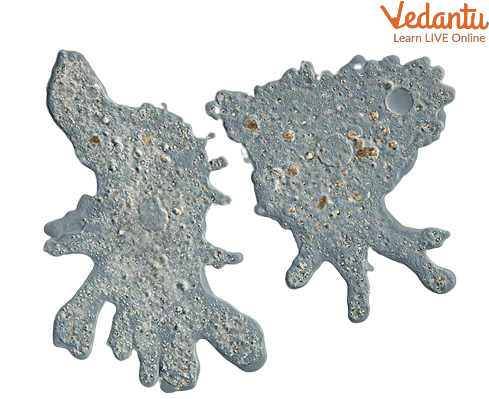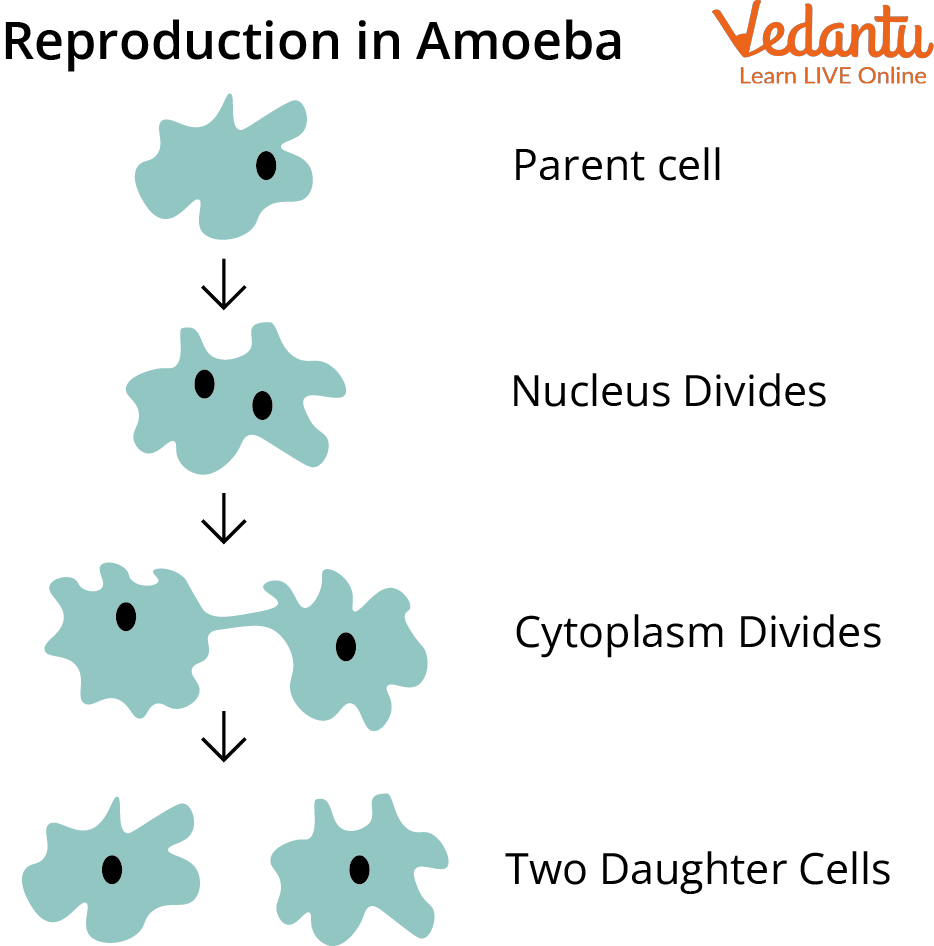




Why Understanding Parent Cells Is Essential in Evs
In this world there are different types of organisms; some are multicellular i.e having more than one cell, for eg., humans, cows, dogs, plants, and fungi and some are unicellular i.e, single-celled organisms e.g Amoeba, yeast, and bacteria.
A stem cell is a progenitor of other cells or the first in a line of growing cells, as well as a cell that divides to produce two or more daughter cells, also called the mother cell. These multicellular and unicellular cells that can give birth to their offspring are called Parent cells.
Parent Cell and Daughter Cell
In the process of cell division, the cell that divides to produce two daughter cells is known as the mother or parent cell. The two daughter cells produced during mitosis share the same genetic makeup as the mother cell. In meiosis, the daughter cells have half as many chromosomes as the mother cell and differing genetic makeup.
Understanding the Parent Cell and Daughter Cell by Using the Example of Amoeba
Amoeba is an amazing creature. They crawl by flowing like a liquid, they are tiny building masses. Not only are we surrounded by them but they are also defending our bodies. This single-celled organism is unusual since it carries out all of its work with an irregular shape and size.

Parent Cell Diagram (Amoeba)
Amoeba Structure and Function
Amoeba is a shapeless and colorless single-celled microorganism. It has a jelly-like structure and it changes its shape by producing pseudopodia. Its body is asymmetrical, it can not be divided into two similar parts. Its size is tiny and can only be seen under the microscope, its size ranges from 1/20 mm to 0.1 mm.
If you closely look at the structure of amoeba you will see finger-like projections called pseudopods (pseudopodia), which helps in the movement and as well as in intake of food. The pseudopods are the extensions of the cytoplasm. Amoeba also contains other cell organelles such as mitochondria, Golgi apparatus, and fat globules.
Functions of Amoeba
Now that you are familiar with the structure of amoeba and parts of amoeba, you must know what is the function of amoeba. Amoeba might appear to you like shapeless and colorless single-celled organisms but little do you know that the nucleus in Amoeba controls reproduction since it carries the genetic information (chromosomes). It also carries out other important functions including eating and growth.
Facts about Amoeba
Amoeba is an amazing organism and there are some very fun learning facts about the amoeba.
Amoeba belongs to the genus Protozoa, which are unicellular eukaryotes with membrane-bound cell organelles.
It was first discovered by Augustus Johann Rosel von Rosenhof in 1757.
The process of breathing in amoeba is done through the cell membrane.
Amoeba consumes food through the process of phagocytosis.
The process of excretion and removal of waste is done through the contractile vacuole.
In unfavorable weather conditions amoeba turns into a rigid ball called an Amoebic cyst.
Parent Cell in Mitosis
Parent Timer Cell
The process through which a single cell divides into two brand-new identical cells is called mitosis. The first cell is referred to as the parent cell, while the newly produced cells are known as daughter cells.
Being the most widely studied protozoa there are some amazing features of amoeba that you must know.
Reproduction- Amoebas reproduce asexually either by mitosis or cytokinesis.
Habitat- Amoebas are found in terrestrial as well as aquatic habitats.
Mode of nutrition- Holozoic mode of nutrition.
Food Sources- are usually bacteria, microbes, and other protists.
Digestion- Digestion in amoeba is intracellular i.e, taking place within the cell.

Reproduction in Amoeba (Parent Cell Timer)
Summary
The parent cell is a base of other cells. It gives birth to other cells by the cell division method. The parent cell divides into two or more daughter cells or stem cells and gives birth to new ones (cells). It is the first line in the chain of developing cells. The parent Cell is also called a mother cell. The parent cell divides through mitosis, in which the cell is divided into two brand-new identical daughter cells. Amoeba is somehow related to the parent cell in its functions and cell division.
FAQs on What is a Parent Cell? Full Definition & Examples
1. What is the function of the parent cell?
As suggested by the name of the parent cell, its function is to give birth to new daughter cells or stem cells. The progenitor of brand new cells, the parent cell is the supplier or base for the new cell formation. It is the main first line in the process of new cell formation. In the parent cell, the cell divides into two daughter cells through the process of mitosis.
2. What is the difference between parent cells and daughter cells?
The basic difference between the parent cell or mother cell and daughter cell is that the parent cell is the originator of the daughter cell. The daughter cells are the product of cell division and the parent cell is the subject of cell division. The daughter cell is haploid whereas the mother cell is diploid, this is another notable difference between the mother cell and the daughter cell. The other main difference between the two is, that structurally the mother cell or the parent cell is mature while the daughter cells are immature.
3. Define Mitosis.
The cycle of cell division includes the process of mitosis. A cell's chromosomes are duplicated to create two identical sets of chromosomes, and the nucleus of the cell splits into two identical nuclei.
4. How do you identify the cell of amoeba?
Amoebas are identified by their ability to form temporary cytoplasmic extensions called pseudopodia, or false feet, by means of which they move about. This type of movement, called amoeboid movement, is considered to be the most primitive form of animal locomotion.









